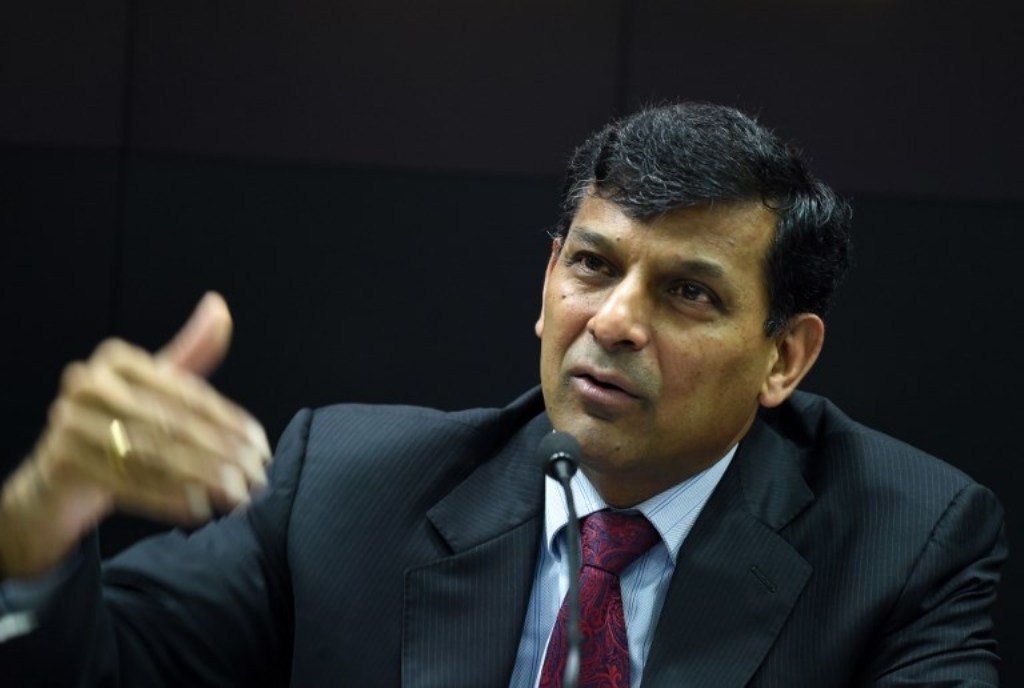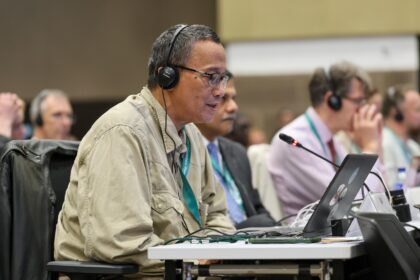[ad_1]
Former Indian central bank governor Raghuram Rajan has raised doubt over the Narendra Modi government’s target to make India a US$ 5 trillion economy by 2024-25. In an interview with the Press Trust of India, Rajan opined that the government’s ambitious target was “more aspirational, rather than a carefully computed one – even before the pandemic.â€
This ambitious target was first spelled out in 2018 by Prime Minister Narendra Modi when he addressed the World Economic Forum in Davos, Switzerland. A year later he reiterated it at the Governing Council Meeting of Niti Aayog, a government think-tank.
Despite the economic setbacks caused by the Covid-19 pandemic, the government continues to be steadfast about this goal. Last month Economic Affairs Secretary Tarun Bajaj said the government was sticking to the $5-trillion target and the emphasis on infrastructure and other initiatives taken in Budget 2021-22 will help achieve this goal.
Controlling inflation
Rajan also warned that “drastic changes†in India’s monetary policy framework can upset the bond market as the current system has helped in containing inflation and promoting growth. “I believe the [monetary policy] framework has helped bring inflation down, while giving the RBI some flexibility to support the economy. It is hard to think of what would have happened if we had to run such large fiscal deficits without such a framework in place,†he told the news agency.
The Reserve Bank of India has the mandate to keep retail inflation at 4%, with a 2-percentage point margin on either side. The central bank’s Monetary Policy Committee considers this target while deciding on the policy rate. In February, it had kept policy rate unchanged for the fourth time in a row.
About reform measures, Rajan said that while the 2021-22 budget placed a lot of weight on privatization, he was skeptical about achieving it. He pointed out that the government’s past track record was checkered, and wondered how it will be different this time.
The former central bank chief, however, lauded the latest budget for improved transparency about the true extent of spending, as well as a degree of conservatism about budget receipts that has not been seen in recent budgets.
Rajan served as the governor of the Reserve Bank of India from September 2013 to September 2016, when he returned to the University of Chicago Booth School of Business, where he had been teaching before taking up the Indian central bank assignment.
Covid disruption
The Indian economy contracted for two successive quarters in the financial year 2020-21, and returned to the positive growth territory in the third quarter (October-December) with a 0.4% growth. This was mainly due to the government’s massive capital expenditure push from October to revive the economy. The slide in private consumption expenditure, which accounts for more than 50% of gross domestic product, continued even in this quarter. It had contracted 2.4% despite a festival season during the quarter.
The government had also revised the second advanced estimate for the full financial year 2020-21 to project a sharper decline of 8%, as against the 7.7% contraction projected in the first advanced estimate in January. Moreover, the contractions in the first two quarters of this fiscal also underwent negative revisions. The 23.9% contraction in first quarter (April-June) has been revised to -24.4%, while the 7.5% decline in second quarter has been revised to -8%.
However, India’s faltering growth predates Covid-19. It began from January 2018 and since then every quarter has faced a sequential decline. It was 3.1% in the January-March quarter of the last fiscal year, the slowest growth for a fourth-quarter since FY09. The annual growth last fiscal year was 4.2%, down from 6.1% in the preceding year.
[ad_2]
Source link













